Search for ‘fashion sustainability’ and it makes for grim reading. Second to oil, the fashion and textiles industry is the largest polluter in the world, according to the United Nations Environment Programme. Every stage in a garment’s life threatens the planet’s natural resources, from crop and fibre production, dyeing and finishing processes to manufacturing and distribution. If you were to buy a single T-shirt and a pair of jeans, it would take more than 20,000 litres of water to produce the 1kg of cotton required to make them. Add to that the impact of toxic chemicals found in pesticides, bleach and dyes. Consider the carbon footprint clocked up in the supply chain as the raw fibre is transported to be made into fabric, then shipped to the factory to be made into clothes, then distributed to stores all over the world. Think of the energy these vast stores consume, the mannequins and materials on which they’re displayed. And what if said T-shirt and jeans don’t sell, or if they do but get damaged, don’t fit any more or fall out of style? Last year, the UK sent 235 million items of clothing to landfill.
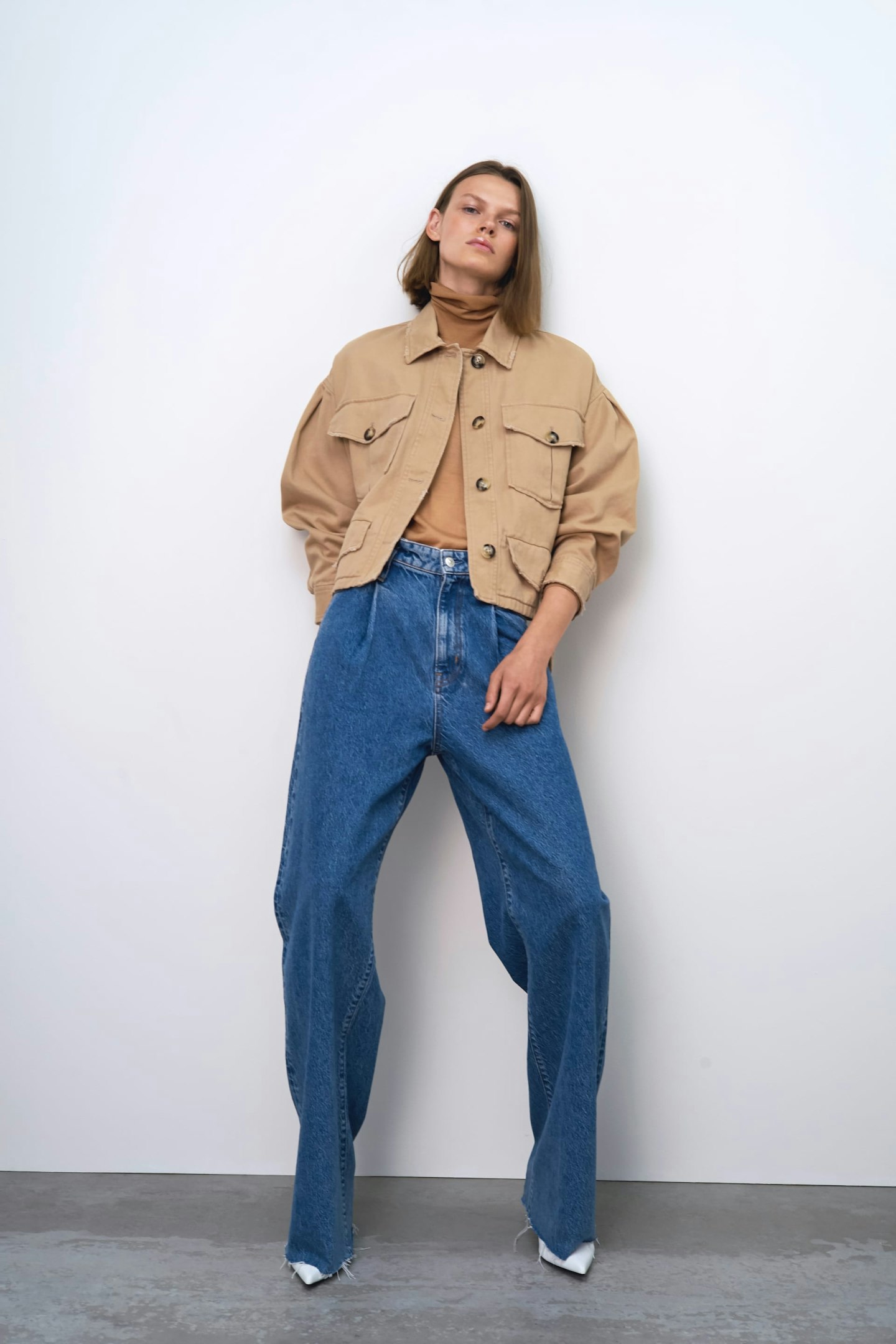
The good news is that sustainability has become part of the corporate agenda, even now being set out by retail monoliths like Zara. Earlier this month, Grazia was invited to the Spanish retailer’s headquarters in Arteixo, just outside A Coruña on the northwestern tip of Spain, to see the full scale of its green commitments and environmental goals. A briefing with the company’s top brass in the hi-tech campus revealed that Zara’s 2,232 stores will meet the company’s eco-efficient standard by the end of this year. By 2020, Zara’s factories will aim to produce zero discharge of hazardous chemicals for all products at every stage of the supply chain, while all collections will use sustainable cotton, linen and recycled polyester by 2025. The company is also committed to producing zero landfill waste from its logistic centres and headquarters by 2023 and those same Zara facilities are driving towards using 80 per cent clean energy before 2025.

‘We want to be a force for change, not just in the company but the whole sector,’ said Pablo Isla, executive chairman of Zara’s owner Inditex, the largest clothes producer in the world – and also the cleanest, according to the Dow Jones Sustainability Index, which in 2018 named the company most sustainable retailer for the third year in a row. ‘We really don’t identify ourselves as fast fashion,’ he added. ‘It’s not about being fast, it is being flexible. Giving the customer what they want but at the same time the care we take over each garment is unique. We believe in “less is more” and “quality over quantity”.’
A commitment to cutting waste is part of the Zara ethos: a stringently controlled and agile supply chain with manufacturing in close proximity, in Spain, Portugal, Turkey and Morocco, means that lead times are shortened and it need commit to only a small percentage of production at a time, minimising waste of money, resources and stock. It also means that Zara can swiftly respond to customer feedback and replenish stores weekly with the right trend dropping at the right time. Zara has also developed hi-tech radio frequency tags that track the life of every garment until the moment it is sold – and claims it never disposes of a garment.

Still, this is a fast fashion behemoth, producing over 450 million items a year. When asked about the negative attitude in the media about the impact of fast fashion
or whether the company had come under pressure from government policy makers, Isla said: ‘We are a global company and we are involved in the concerns of public opinion about sustainability worldwide. But we are not driven by political policies. This is our own approach, and everything connected with sustainability is a work in progress.’
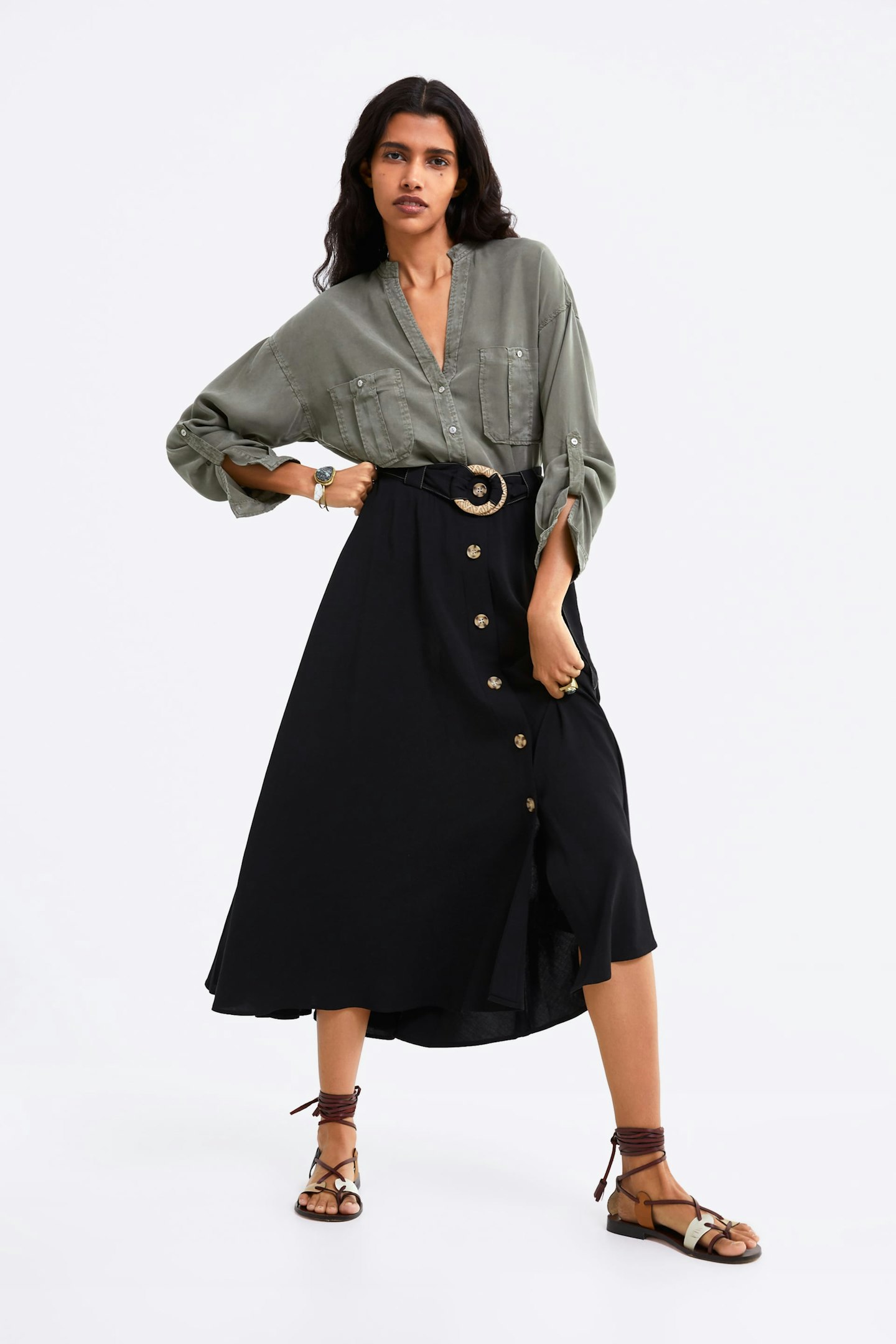
In 2015, Zara also created the ‘Join Life’ collection, a label indicating products made from the most sustainable raw materials – organic cotton, Tencel™ Lyocell and recycled polyester, which will account for 20 per ent of Zara’s collections by the end of this year – a figure expected to rise over the next five years. On top of this, Zara has already eliminated single-use plastic bags; its bags are 100 per cent recycled as are its cardboard online boxes.
Our tour of Zara HQ begins with the online floor, where a giant screen shows that 60,259 people are currently browsing zara.com. The constantly whirring figures are broken down by country – by far the most engaged is Spain with 11,150, versus 3,288 currently connected in the UK. Still, it is only 10am. Another screen shows what they are looking for. Not surprisingly in July, dresses outnumber everything else.
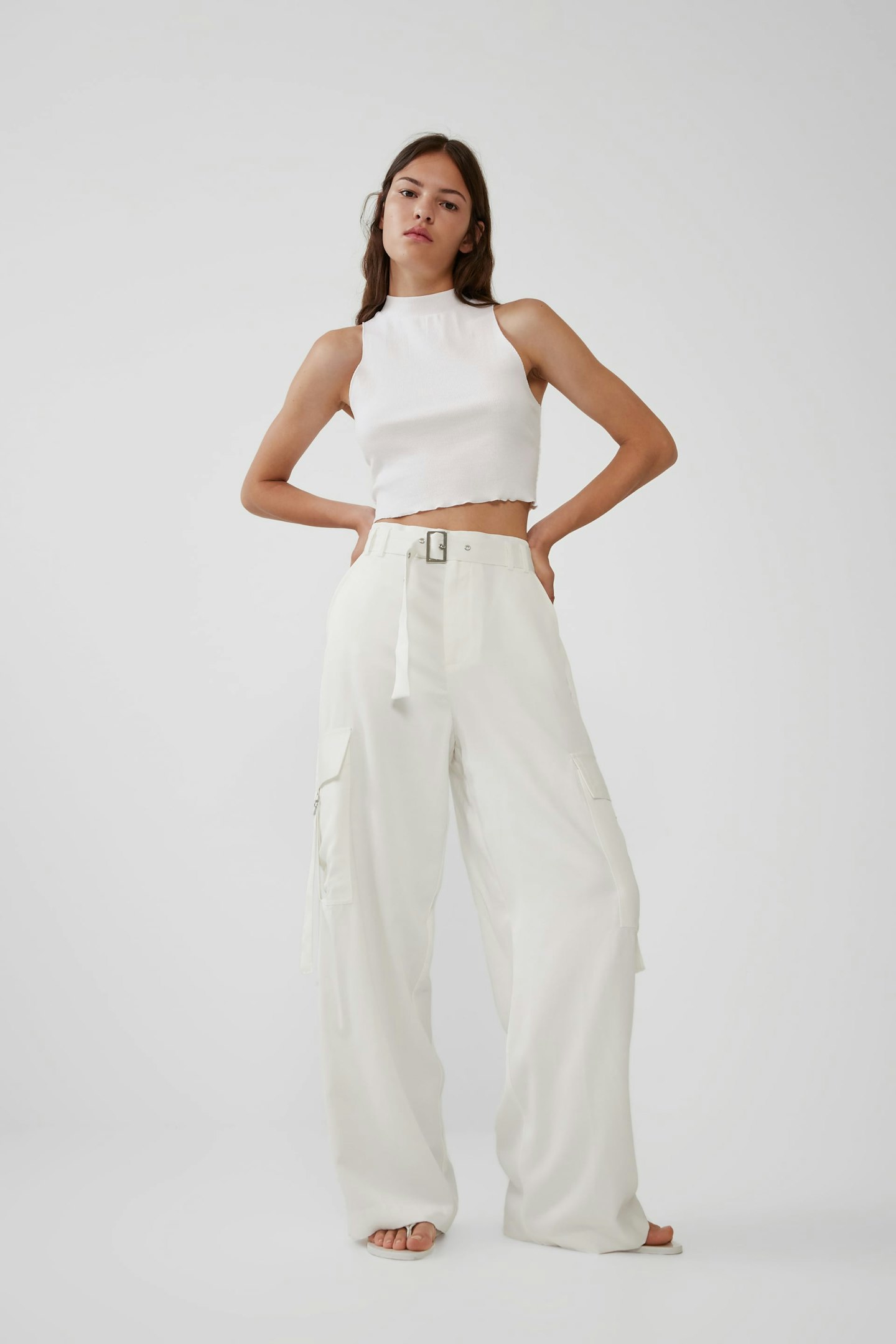
Last year, Zara’s online business generated €3.2 billion in sales from 46 different markets, we are told, before we move onto the photographic studios. There are 31 studios, six of which we see in operation with top models variously posing in new designs. They shoot 15 to 20 looks a day; that’s about 500 new designs a week, 20,000 a year. Today is Thursday and these shots – the images of which are tightly controlled by an in-house roster of 20 photographers – will be up online by Monday.
Next stop, the design studios. ‘We are always under-buying, because customers like limited runs of things,’ explains Marta Ortega, daughter of multi-billioniare Zara founder, Amancio Ortega, the second richest man in Europe. Marta has no official title but is part of the senior executive staff of Zara Woman and supervises brand product and image. She wears an elegant beige trouser suit that looks expensive. ‘It’s Zara! Not out yet!’ She explains how daily feedback from stores and constant sales analytics from online control what is made when; there’s no point finishing winter coat designs until the customer needs said winter coat which, with this year’s warm weather, is predicted to be early October. It can take as little as 15 days from design and production to reach store shelves.
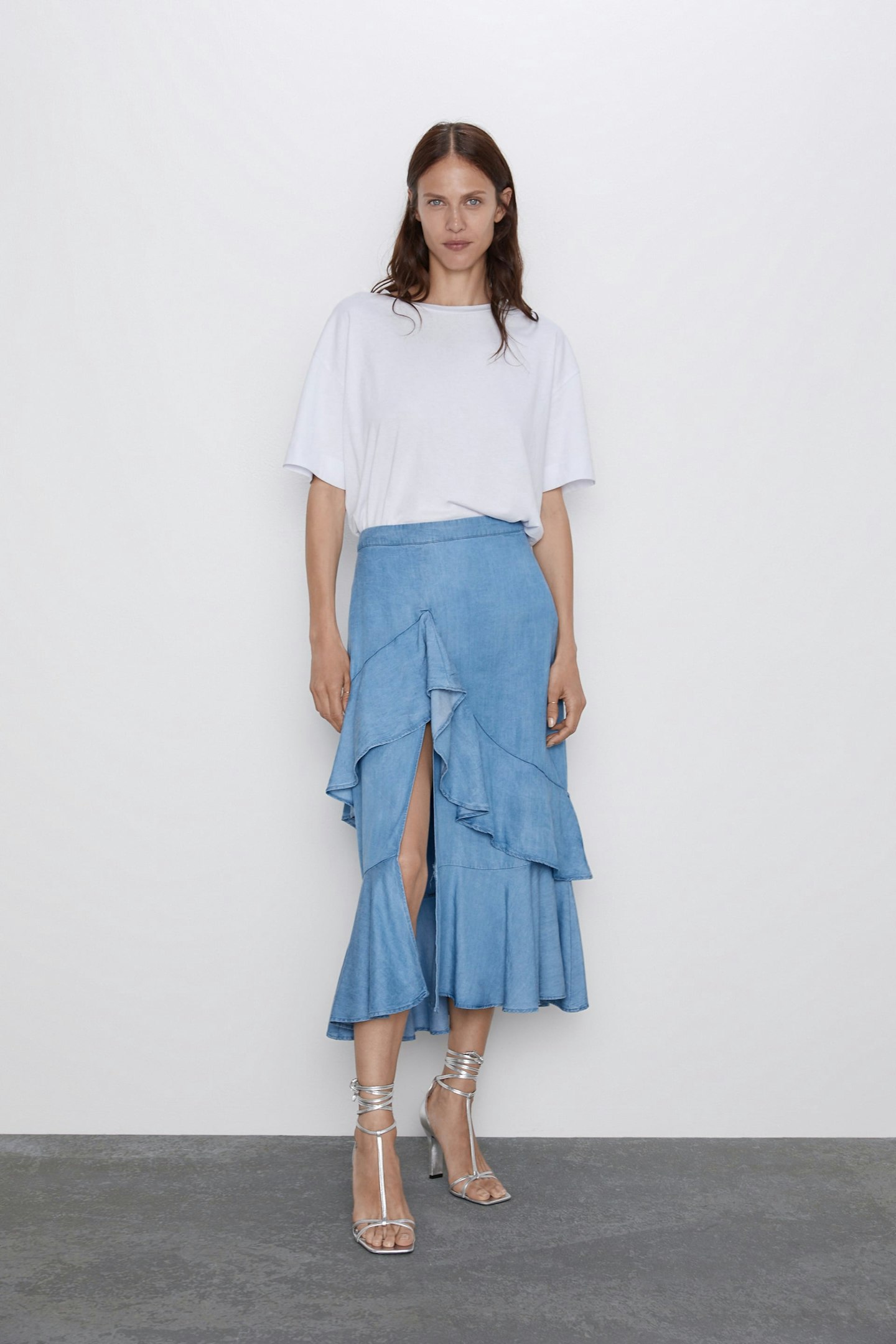
Designers work on prototypes on tiny mannequins in order to use less fabric. ‘Our girl for this capsule collection is a bit edgy and irreverent,’ says a young man with an American accent as his Asian colleague drapes a miniscule toga – Zara is proud of its designer recruitment, which selects graduates from all the best colleges around the world. We whizz through the sewing floor and the whir of machines and past the almost silent cutting rooms where 37 pattern cutters are careful to create one sleeve or a single collar, not two, and constantly re-use patterns.
Part of the brand’s success is its of-the-moment design (watch out for the big ’80s trend – all punchy brights, big shoulders and voluminous sleeves, heading to a Zara any moment now) but every item needs to pass the hanger test. This is done in full-sized shop floors – Zara ‘mock shops’, of which there are six (for Woman, Man, Basic, two for kids and one for Zara Home) that are redressed twice a week – the better to see how the customer will experience everything in-store.
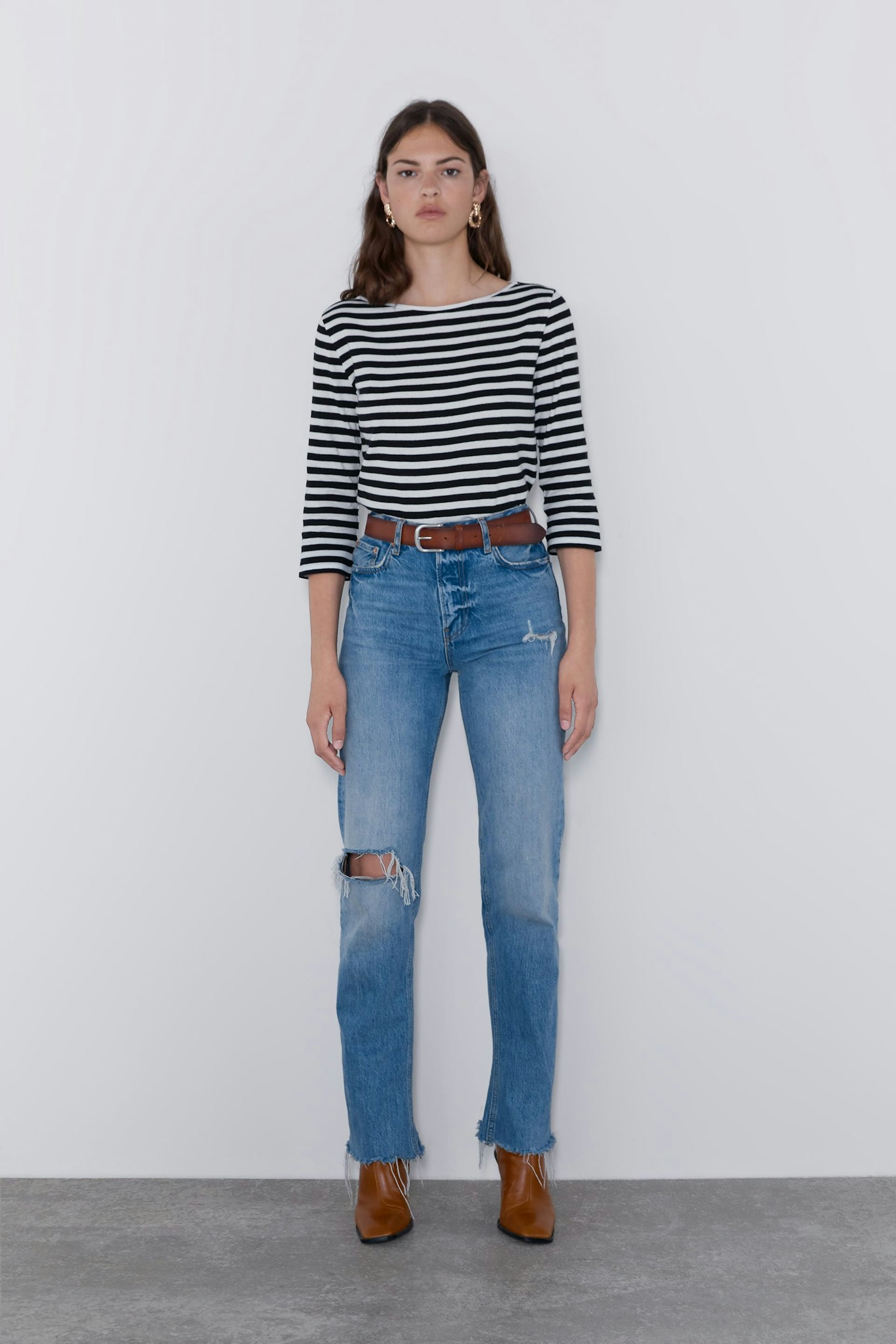
So, who is the Zara customer? ‘All ages. Because everyone goes to Zara. Why? Because any trend we want to have, Zara will have it first,’ says Beatriz Padin, head of Zara Woman. We move on to a vast showroom where Vicente Lillo, Zara’s head of store window design, explains how each window and in-store display uses 40 per cent recycled materials. ‘Like this, the floor is made from old gardening furniture. Almost everything is re-used,’ he says. That goes for the extra-long-legged Zara mannequins. New in-store displays are turned around every three to four months and all clothing hangers are recycled.
An elevator takes us down to the factory floor where Marta greets Pilar (‘Pili’) Vásquez, the factory director for over 40 years, like an old family friend. She demonstrates how her state-of-the-art computer ‘reads’ the fabric and instructs where all the pattern parts should be placed in order to eliminate as much wasted fabric as possible. A wall of red sequinned jackets (not the greenest of items to be seen on our sustainability tour) hang from a ceiling conveyor belt about to be transported to the distribution centre. There are three Zara logistic centres, this one in Arteixo distributes 3.5 million garments every week. At least the cardboard shipping boxes look suitably bashed-up and re-used as they fly around our heads on a roller coaster of chutes and slides, destined for distribution to 96 countries.
By 2020, Zara will have invested $3.5m in textile recycling technology through its initiative with the Global Fashion Fund and $4m with MIT in a joint pursuit of sustainable research, along with other ongoing initiatives. You could argue that these figures are a drop in the ocean for Zara’s owner Inditex, which hit sales of €26.1 billion for the year ending 31 January. But every little bit that this retail empire does, from auditing its 12,000 suppliers and through every stage of production and distribution, is a lot better than doing nothing at all. You could also argue that Zara’s biggest task is to educate its customers. Next year, you will be able to drop off any unwanted garments – Zara or not – in containers in any of its stores in the world. Zara is working with an array of NGOs like Oxfam, The Red Cross, Caritas and The Salvation Army for re-sale and recycling. Of course, it makes savvy business sense for Zara to align itself with positive eco values and broadcast its green agenda in a world that is becoming increasingly woke to fashion’s sustainability crisis.
So what does this all mean for us? It’s time to think more sustainably about our own wardrobes. To ask questions about how and where our clothes were made. And to buy fashion that will make us feel good for more than a month.
SHOP: The Best Pieces From Zara's Join Life Collection
SHOP: The coolest buys from Zara's Join Life collection
 1 of 7
1 of 7Zara, Leather Mid-Heel Mules, £49.99
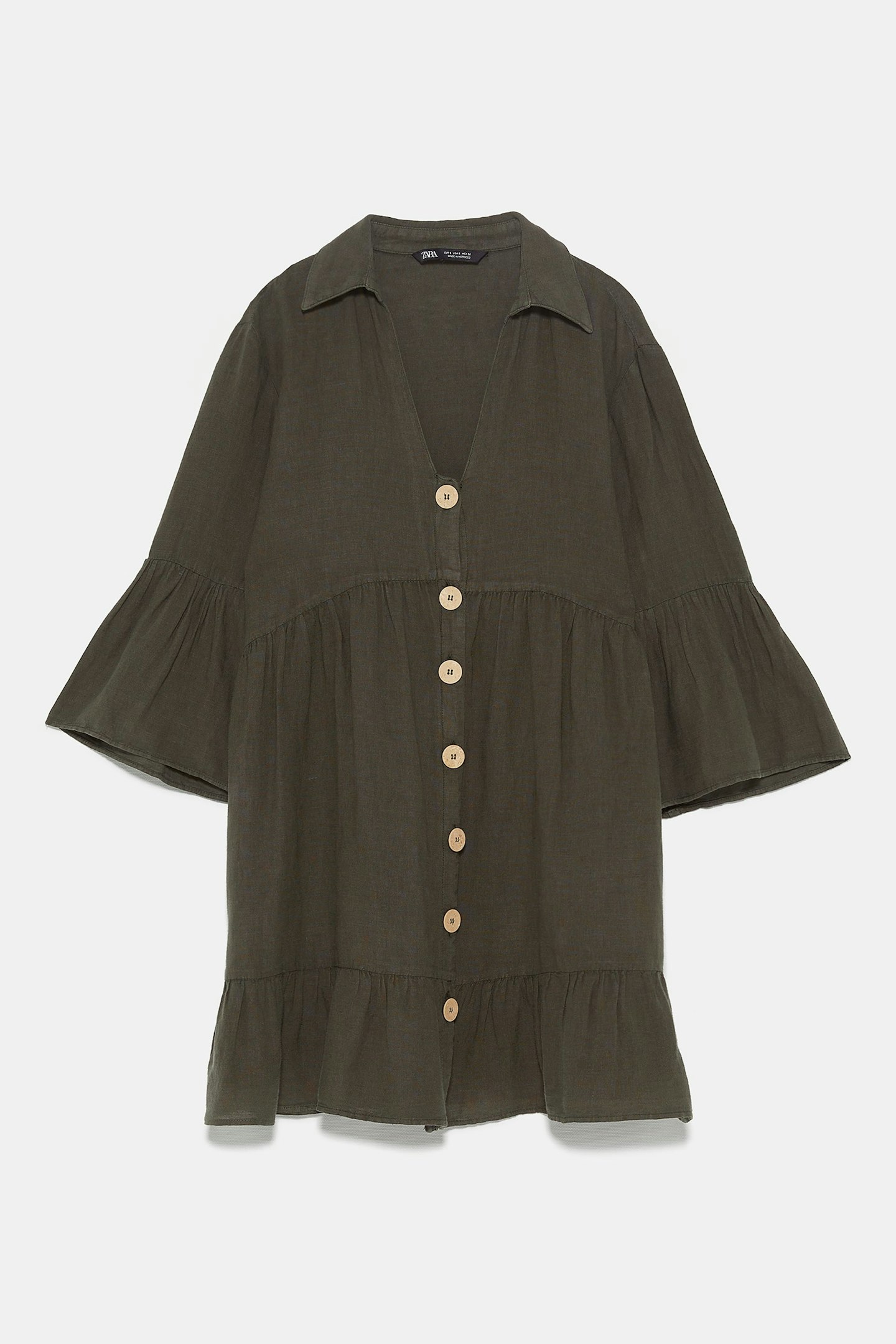 2 of 7
2 of 7Zara, Ruffled Dress With Buttons, £29.99
 3 of 7
3 of 7Zara, Rustic Dress, £29.99
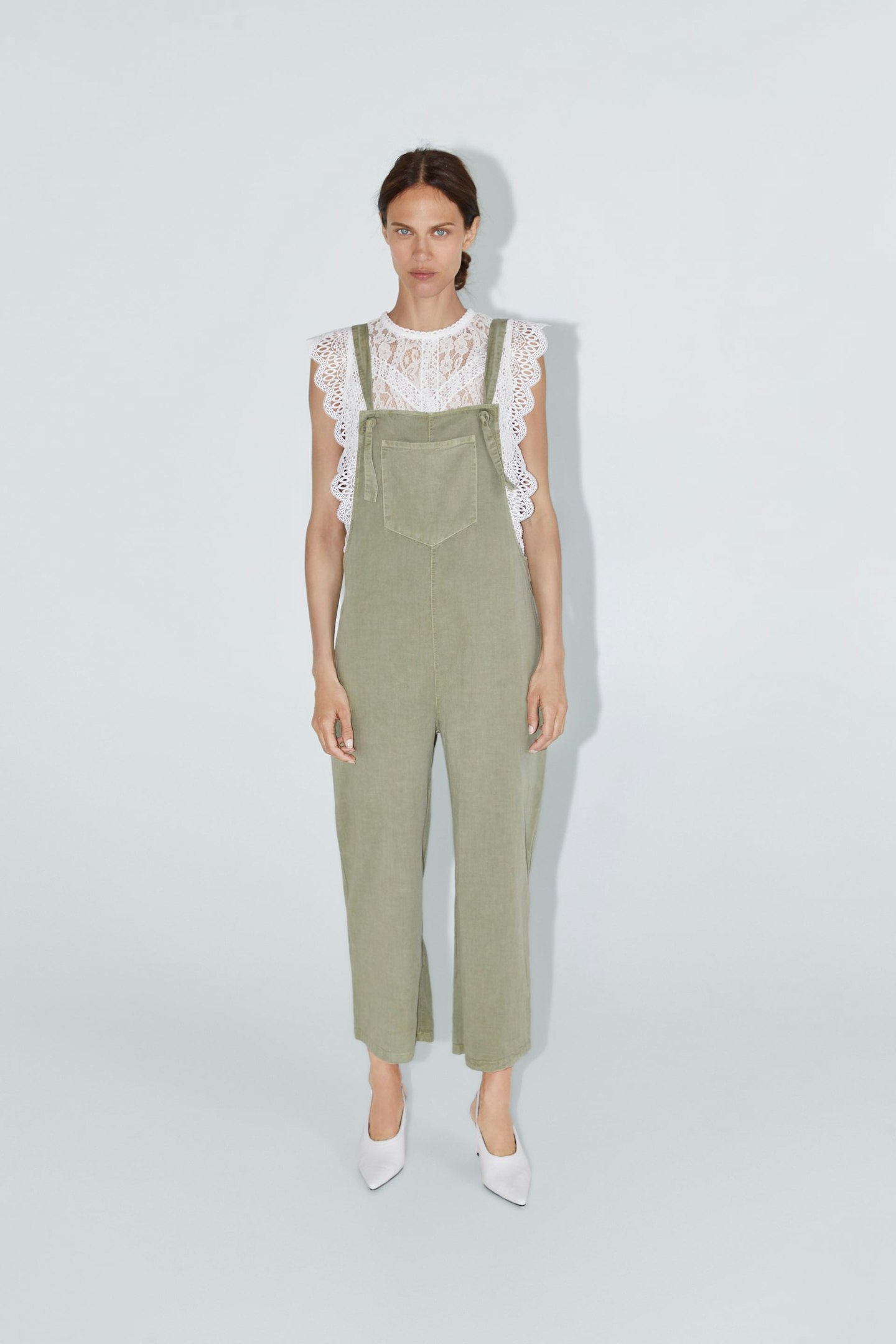 4 of 7
4 of 7Zara, Jumpsuit With Pockets, £49.99
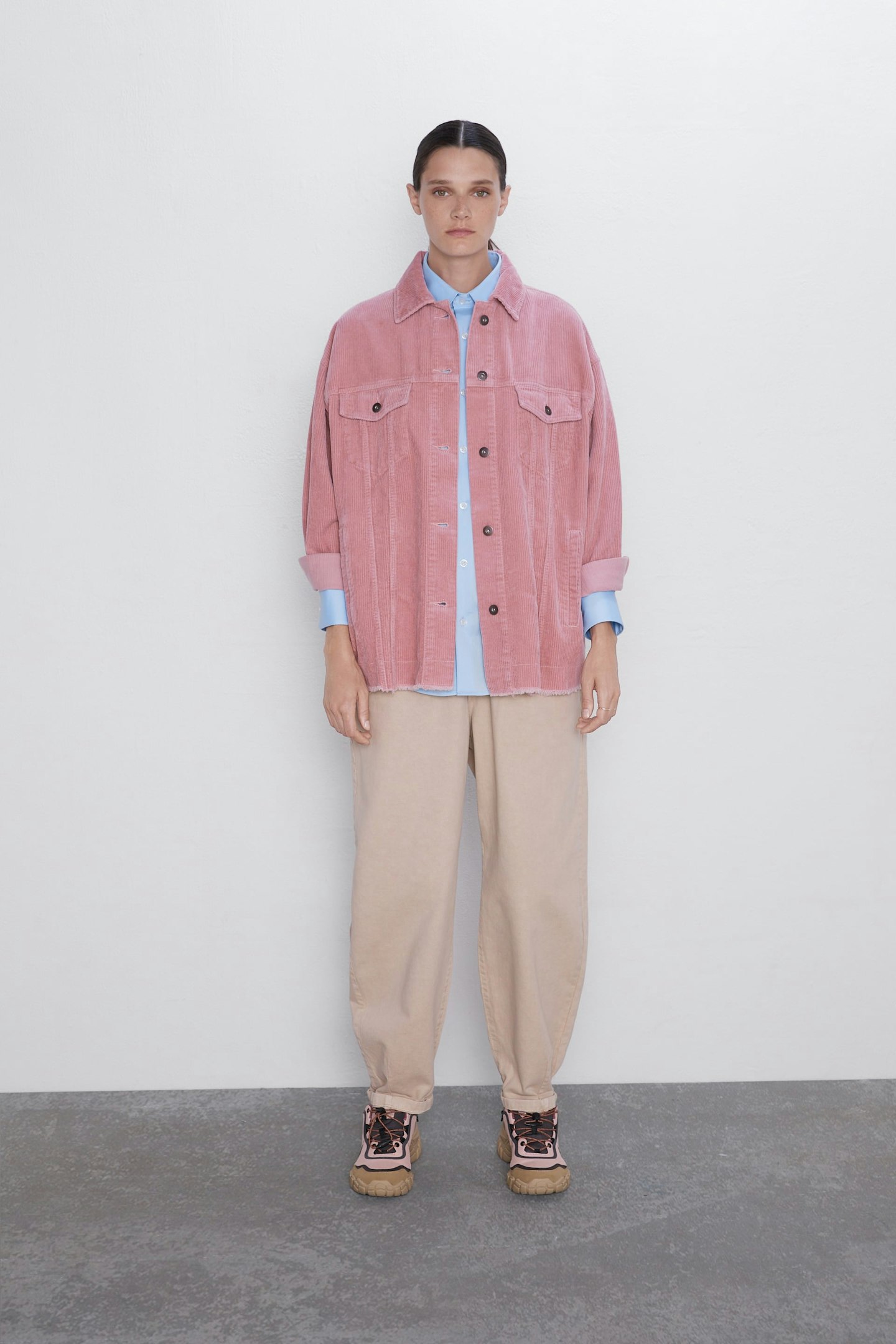 5 of 7
5 of 7Zara, Corduroy Overshirt With Pockets, £29.99
 6 of 7
6 of 7Zara, Leather High Heel Ankle Boots With Fitted Leg, £95.99
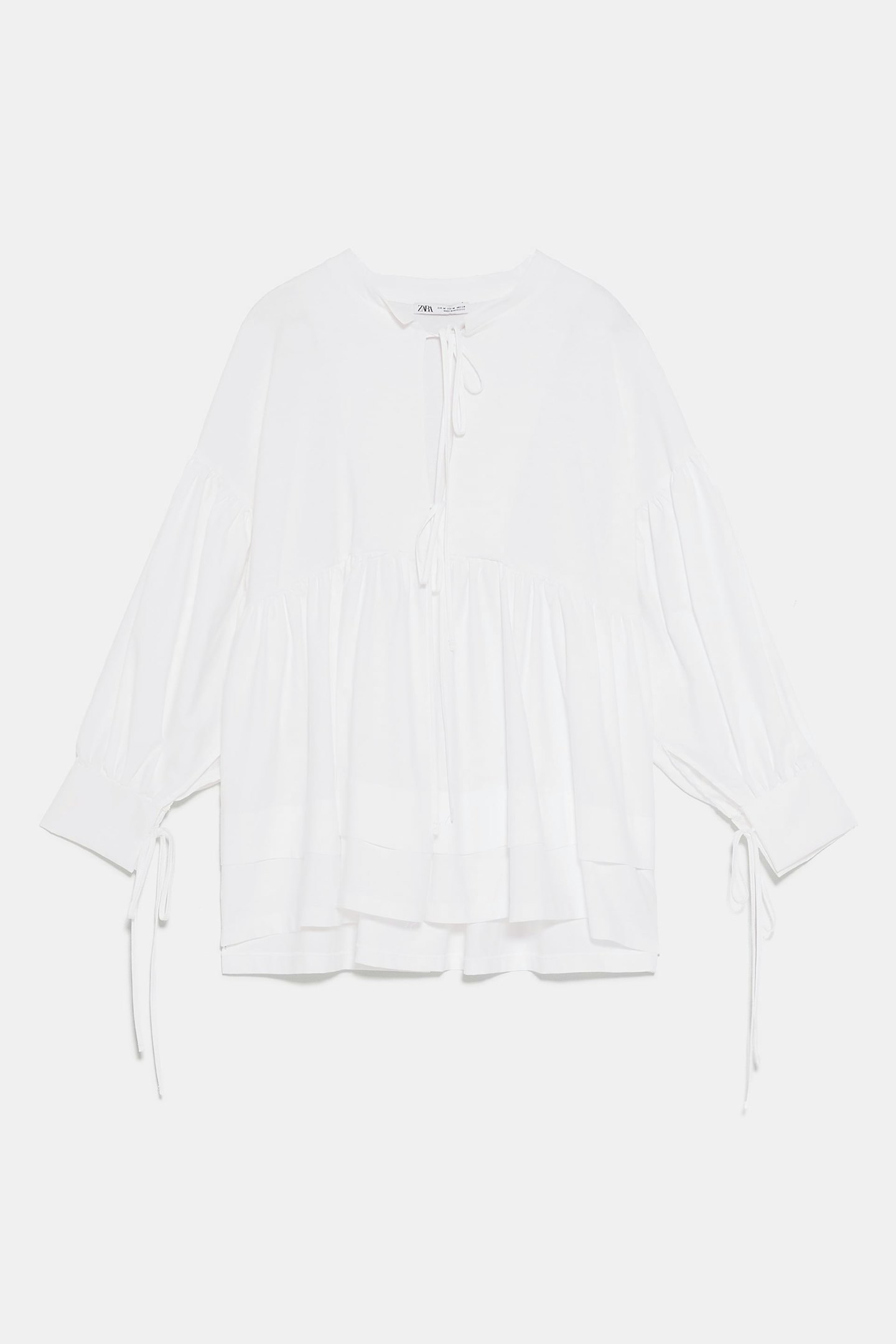 7 of 7
7 of 7